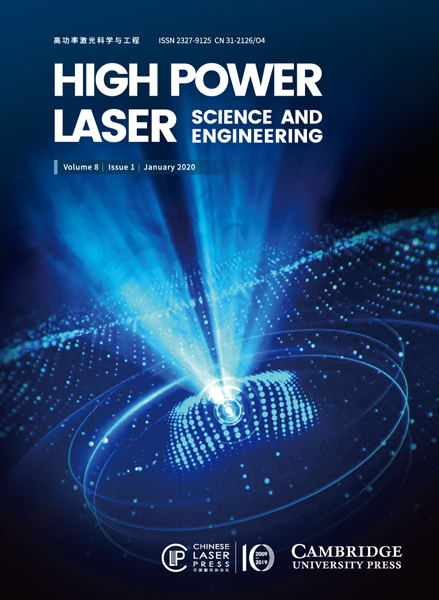2019, 7(1) Column
High Power Laser Science and Engineering 第7卷 第1期
 Download:630次
Download:630次Achieving ignition of ICF (inertial confinement fusion) has been the great dream that scientists all over the world pursue. As a grand challenge, this aim requires energetic and high quality lasers. High power laser facilities, for this purpose, have therefore flourished over the past several decades. Meanwhile high power laser facilities, also essential for high-energy-density (HED) scientific research and astrophysics, drive rapid progress of material science, electronics, precision machinery and so on. Many countries have successfully established a succession of facilities to study ICF and HED physics, such as National Ignition Facility (NIF)[
 Download:592次
Download:592次In 2018 the journal
动态信息
激光评论微信公众号

点击菜单“联系编辑”即可添加期刊编辑为好友啦






















